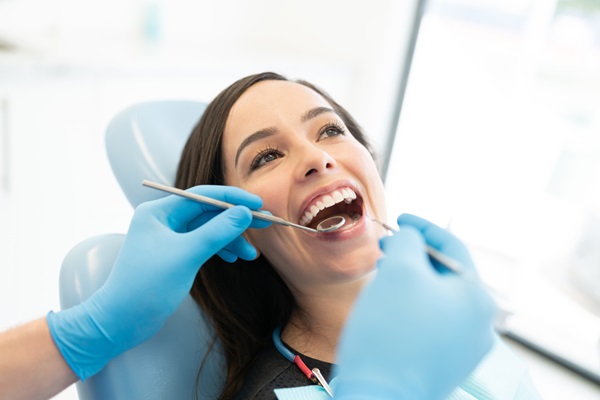What Happens during Phase 1 Orthodontics?

In phase 1 orthodontics, orthodontists treat patients between the ages of six and nine. Those patients have mixed dentition. This means patients have a mix of permanent teeth and deciduous or baby teeth. Phase 1 orthodontic addresses problems in the mixed dentition period. These are things that can result in severe overcrowding and unhealthy tooth wear. Many patients also struggle with proper dental hygiene and may worry about others teasing them.
Assessment in phase 1 orthodontics
This is an effective preventive line of care. But, not every child will benefit from phase 1 orthodontics. The orthodontist will assess the patient’s potential needs. Then the pediatric orthodontist can take proactive measures to create a better outcome. Children need these preventive methods for many reasons, including:
- misaligned teeth
- craniofacial differences
- cleft palate
Common procedures of phase 1 orthodontics
There are many reasons why a patient will need phase 1 orthodontics. But, for many of these conditions, the treatments are similar. Overcrowding — when there is not enough jaw space for the number of teeth — can cause teeth to turn or grow out misaligned. This is a common occurrence in pediatric orthodontics. In children, the jaw is sometimes too small for the number and size of teeth that are present. Permanent teeth that erupt that are much larger than deciduous teeth can also create the conditions for overcrowding. Dentists treat the issue of overcrowding in different ways, depending on the patient.
Tooth extraction involves identifying and removing teeth. These teeth may be deciduous or permanent. Their removal can create space for existing teeth or for teeth that have not yet erupted. Sometimes, a tooth is preventing a needed tooth from erupting. An orthodontist may extract one or more teeth. That way, the remaining teeth can be guided into alignment.
Orthodontists may use headgear and braces in a limited way. These tools will begin to move the teeth into alignment once the orthodontist has created space. Patients often still have a mix of teeth. So, the orthodontist places these braces only on certain teeth. Patients can get braces during phase 1 orthodontics even if they do not have any teeth extracted. Orthodontists often decide on installing braces and headgear if the patient can cooperate.
Spacers and expansion appliances hold space in the mouth after the orthodontist extracts a tooth or teeth. Spacers keep teeth from migrating into the space. Teeth that have not erupted yet are then more likely to erupt on their own without any surgical help. Once they have erupted in adolescence, the orthodontist may need to take further corrective action, but not always. The orthodontist will remove the spacer or expansion appliance when there is evidence the tooth is erupting. The orthodontist will also take them out if they must surgically expose the tooth.
Are you considering phase 1 orthodontics?
Phase 1 orthodontics can help patients prevent serious dental issues and improve appearance. It leads to a healthier long-term outcome with less surgical intervention. Orthodontists hope to avoid more intensive oral therapies and surgeries later on. The orthodontist can explore the options with the patient’s caregivers to decide on a plan of care.
Are you considering phase 1 orthodontics in the Laguna Hills area? Get more information at https://www.orangecoastortho.com.
Check out what others are saying about our services on Yelp: Phase 1 Orthodontics in Laguna Hills, CA.
Recent Posts
An orthodontist spends their entire career helping people to feel confident with their smiles, so if you have searched for “orthodontist near me” and are faced with choices about whom to see, you should choose a professional who values your patronage and happiness.Orthodontists focus on how the teeth are aligned and the jaw's position and…
You might not be aware of the cosmetic orthodontic options you have to improve your smile, but cosmetic dental restorations can be used to improve how aligned your teeth look. Some orthodontic treatments also provide cosmetic benefits as they improve the alignment of your teeth.Before going any further, we should clarify the difference between a…
Asking about invisalign for teens® is important. This allows parents like you to know what their teenagers will face during the treatment. This is a more comfortable, discreet way to straighten teeth. Even so, it is important to know what you can about it. If you want to ask your orthodontist about Invisalign for teens,…
Thinking of going for orthodontic treatment but worried about unsightly metal braces? Read on to learn about the advantages of aesthetic braces. For decades, patients had no choice but to straighten their teeth with unsightly braces with metal brackets and wires. This had a tremendous impact on their self-esteem, and many decided to forego braces…


